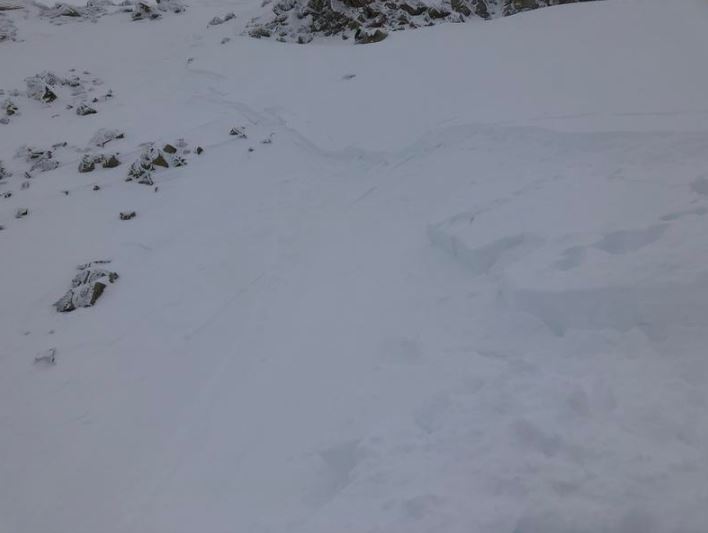Yesterday brought a trace amount of snow to the mountains, overcast skies and high temperatures in the mid-20s F to low 30s F. Winds stayed westerly averaging in the mid-teens with gusts up to 30 mph at the ridgetops. The uppermost elevations, above 11,000' feet, saw some gusts above 50 mph.
This morning, snow has just begun to fall with a trace in the mountains, temperatures are currently in the mid-teens F at trailheads and low-teens F at ridgetops. Westerly winds are averaging in the single digits to low teens with gusts near 10-15 mph.
Today, yet another weak system will impact the area this morning into the early afternoon. The mountains could pick up another 3-5 inches of snow, with temperatures in the low 20s F to upper 20s. The winds will switch back to northwesterly and average in the teens and gusts into the 20s mph.
Looking down the road, weekend ridgetop temperatures may reach into the mid-40s F! The heatwave should be brief; however, the models do bring a strong cold front on Monday.
Yesterday, a few more avalanches were reported in the backcountry. These continue to be soft slabs of wind drifted snow failing 4-12 inches deep. Yesterday, these avalanches were reported above 10,000 feet.
Photo - an avalanche in White Pine yesterday that failed 6 inches deep and ran 150 feet wide. See the full observation
HERE. (Photo: J. Gal & S. Carnahan)
One outlier avalanche reported was a
wet slab avalanche that occurred on Monday on Mount Olympus likely during the very early morning hours of Monday when warm precipitation had saturated the entirety of snow stuck to the steep rock slabs and released fully. This avalanche was 400 feet wide on a north aspect, at 7,500 feet, and ran for 500 feet. You can find the full observation
HERE.
A few ski areas still reported sensitive soft slabs running on a variety of old snow surfaces.










